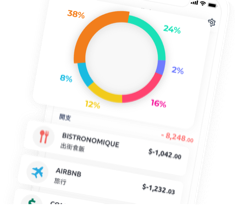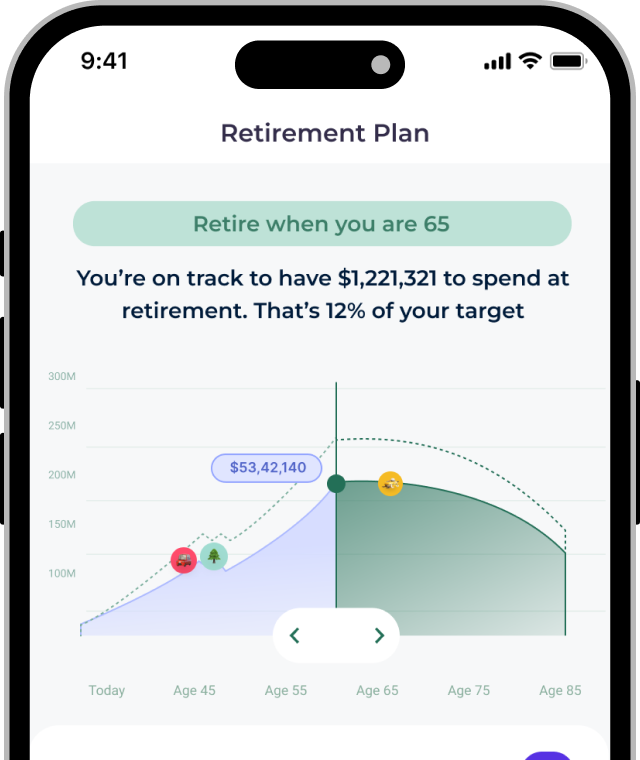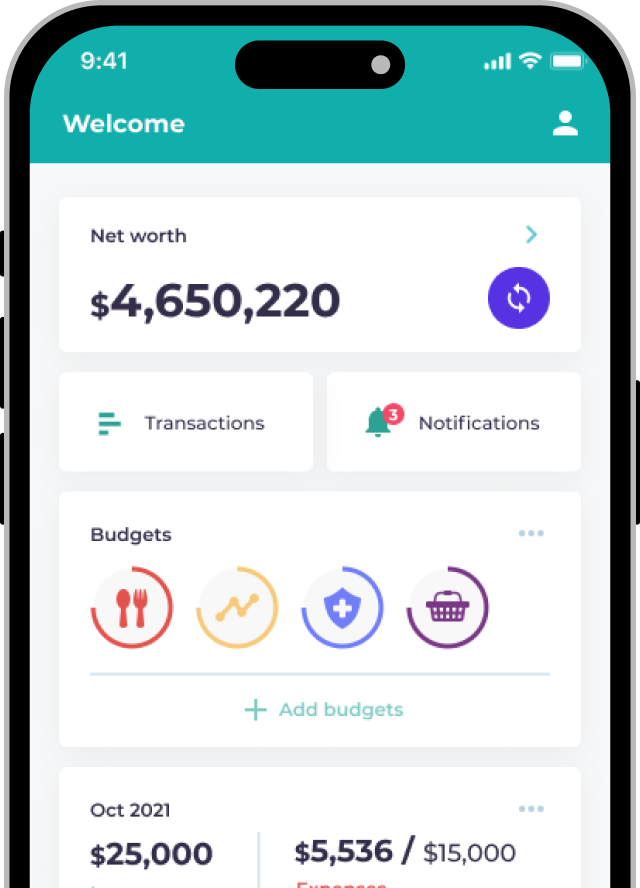Life is often about trade-offs – investing is no difference. With low risk investments, you won’t lose your principal amount but you also sacrifice higher returns. Having said that, keeping yourself sane during a volatile market is to ensure you have balanced your risk. Here’s a few ways you can hedge risk and still get some returns.
Money Market Funds: low risk, decent returns
Money market funds mainly invest in short-term government bonds, bank deposit certificates, and other low risk instruments. They’re highly liquid (so if you need the money, you can just sell them whenever you want), don’t have high fees and are low risk since you’re essentially lending money to governments like the United States.
As an example, the annualized returns of HKD and USD money market funds offered by Futu’s MoneyPlus can have returns of 1.5% to 1.9%. Given their liquidity, they’re a great place to store idle cash while you’re waiting to make your next investment.
However, it’s important to note that returns from money market funds can be affected by short-term interest rate changes and exchange rate fluctuations.
Time Deposits: simple, but with limitations
Time deposits are quite possibly the simplest instrument you can buy – you deposit your funds in the bank for a fixed period of time and get a return for that. The returns aren’t usually very high (since there’s essentially no risk), and even though some banks may offer annual interest rates of more than 2%, they’re usually only for shorter periods of time (e.g. 3 months) which means you’d have to find another time deposit after that.
Furthermore, if you want to take the money out early, the bank may charge a penalty and you won’t get any interest either. This can be troublesome if you need to get your money out sooner (for an investment opportunity or for an emergency)!
Bonds: variable risk, more complex
Bonds are generally issued by companies or governments with the aim of raising funds. When you buy a bond, you’re basically lending money to a company or government and in return they will give you a fixed interest each month or year (also why they’re often called ‘fixed income’).
The rate of return on a bond depends on the risk you’re taking. The safest bonds e.g. US Treasury Bills only have returns of 2% to 2.5% but the chance of you losing your money is really low (what are the odds the US government will be unable to pay you back!). On the other side of the spectrum are junk bonds – these are companies who credit agencies have assigned a ‘junk’ rating. This means their financial situation is not very strong and thus there is a higher chance they will not be able to pay the interest on your bond!
Investors can buy bonds directly from banks / asset management firms, or buy bond ETFs from the stock market directly. The advantage of a bond ETF is that it is highly liquid and the risks are relatively dispersed since each fund would buy hundreds of bonds. It should be noted that different funds have different investment strategies and risk. You should do your own research to understand what kind of bond portfolio an ETF consists of and what kind of risks are involved.
Good investing practices
The best portfolios should be diversified and tied to your goals. If you’re goals are primarily in the short term, low-risk investments are a great idea. However, you are losing out on returns when you go for low risk. If you have goals for financial freedom or retirement that are much further away, you would want to have more stocks in your portfolio.
Either way, if you’re still deciding or researching, it doesn’t hurt to have a securities account ready to help you make the jump into investing.
Next stepsImportant information:
Investment involves risks. This information is intended to be educational and is not tailored to the investment needs of any specific investor. This information does not constitute investment advice and should not be used as the basis for any investment decision nor should it be treated as a recommendation for any investment or action. Past performance is no guarantee of future results. The value of investments and the income from them can go down as well as up, so you may not get back what you invest.























